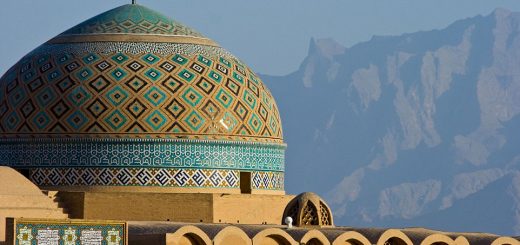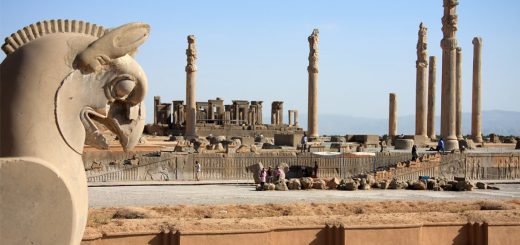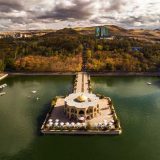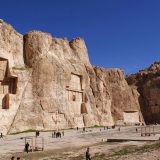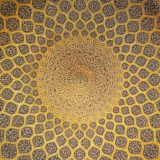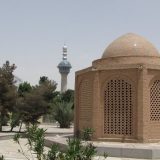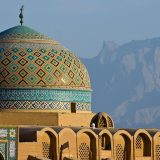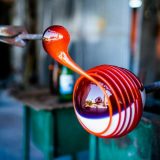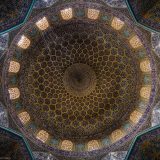Recreation in isfahan
In this articles in (iranisfahantour.com) website you are most familiar with isfahan tourism attractions and over all recreation in isfahan.
The Shah Mosque also known as New Abbasi Mosque or in recent times Imam Mosque after The Iranian Revolution, is a mosque in Isfahan, standing in south side of Naghshe Jahan Square.
It was built during the Safavid dynasty, ordered by Abbas 1 of Persia.
It is regarded as one of the most famous of Persian architecture in the Islamic era and immortal masterpieces of tiling in the 7th century.
This building registered as one of the UNSCO world Heritage sites.
Its architect was master Ali Akbar Esfahani.
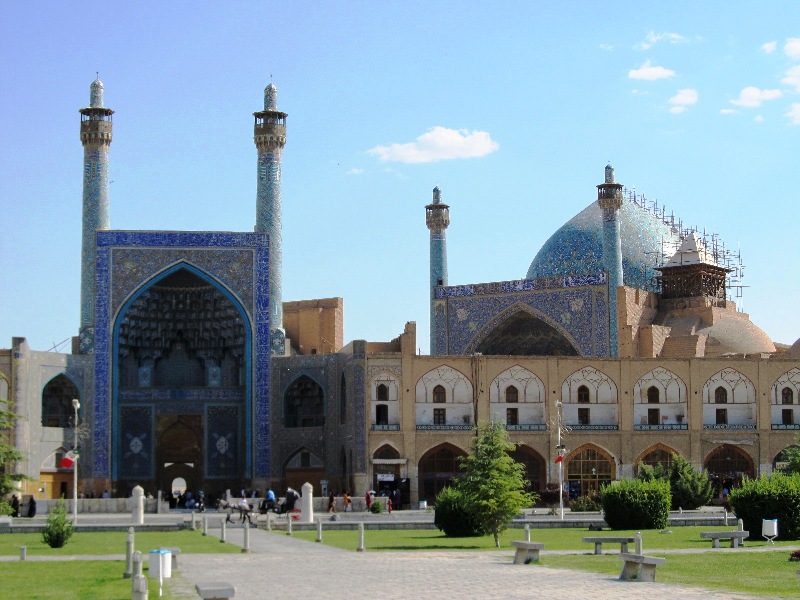
The Sheikh Lotfollah Mosque was built during The Safavid Empire, standing on the eastern side of Naghsh-e Jahan Square, Isfahan. ( isftour.com )
Construction of the mosque started in 1603 and was finished in 1619. It was built by the chief architect Shaykh Bahai, during the reign Shah Abbas 1 of Persia.
This religious place attracts many tourists every year. On the device of Arthur Pope, Reza Shah Pahlavi had the mosque rebuilt and repaired in the 1920.
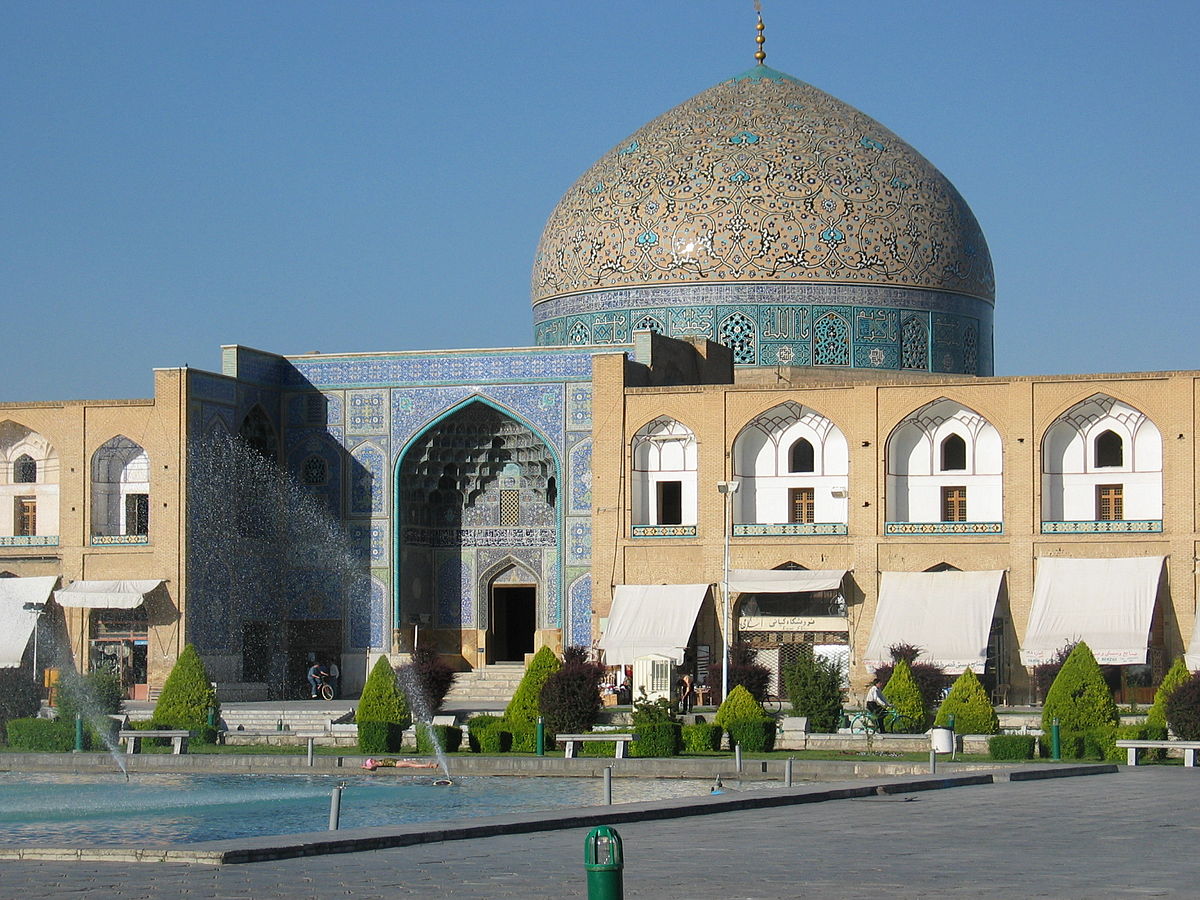
The Ali Qapu is a grand palace in Isfahan. It is located on the western side of the Naghsh-e Jahan Square, opposite to Sheikh Lotfollah Mosque and had been originally design as a vast portal. It is 48 meters high and there are six floors, each accessible by a difficult spiral staircase. The sixth floor was popularly called The Music Hall.
Ali Qapu is rich in naturalistic wall paintings by Reza Abbasi.
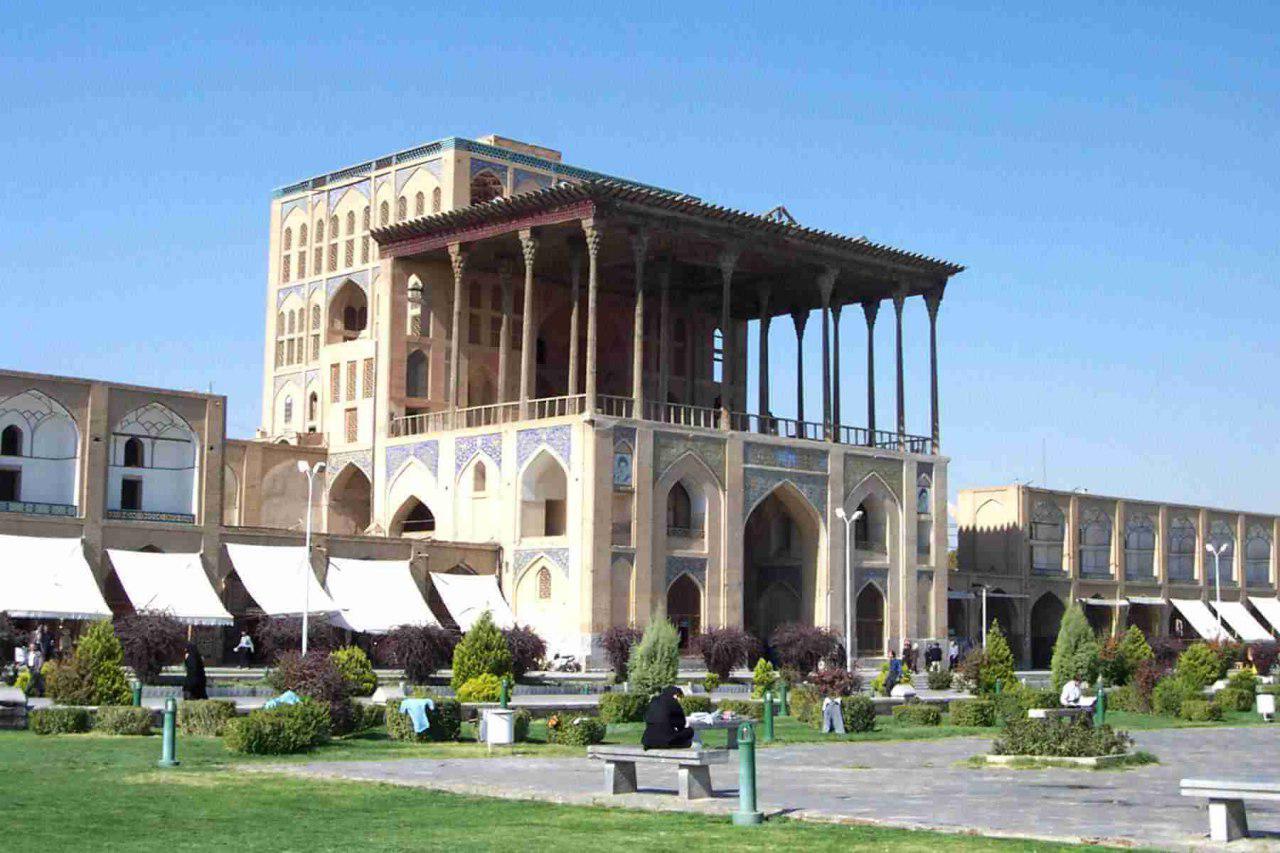
The Chehel Sotoun is a pavilion in the middle of a park at the far end of a long pool in Isfahan, built by Shah Abbas 2 to be used for his entertainment and reception.
The name meaning “Forty Columns” in Persian, was inspired by the twenty slender wooden columns supporting the interest pavilion, when are reflected in the waters of the fountain, are said to appear to be forty.
Central hall in The Chehel Sotoun palace contains paintings that describe the historical events of different periods.
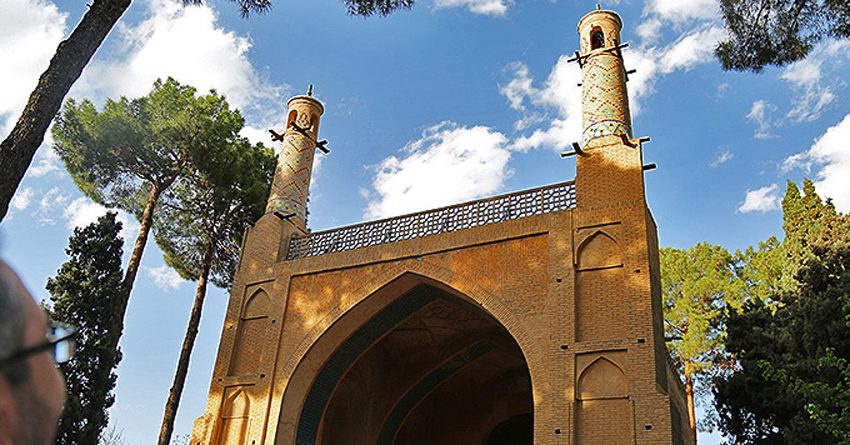
The Monar Jonban is a monument located in Isfahan.
Construction began in the 14th century to cover the grave of Amu Abdollah. It is notable feature is that if one of the minarets is shaken, the other minaret will shake as well.
The brick minarets were constructed later, and are probably of Safavid dynasty era origin.
The minarets are 17 meters taller and are 9 meters in circumference. The roof above the shrine contains some skilled brickwork.
The repeated shaking has been responsible for considerable structural damage.
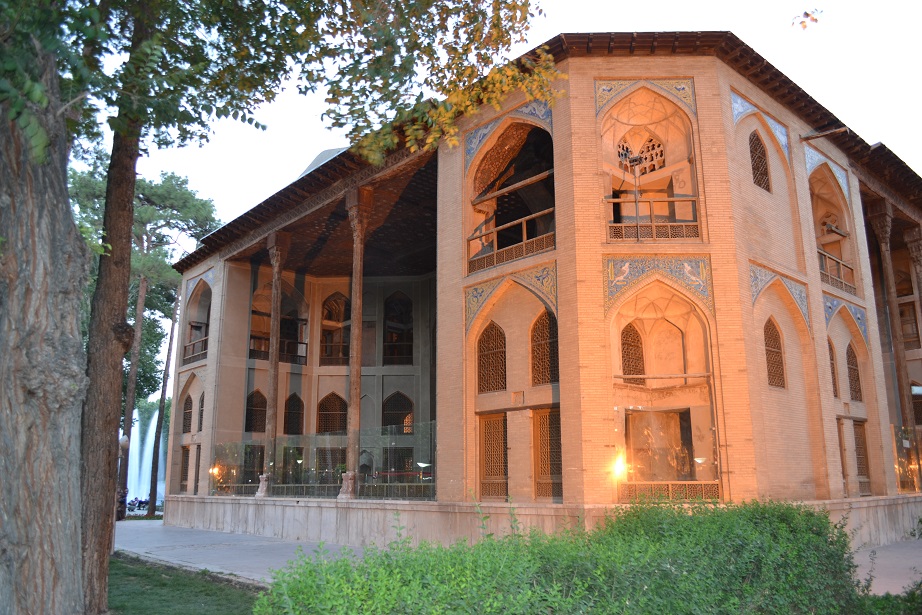
The Hasht Behesht literally meaning “The Eight Heavens” in Persian, is a 17th century pavilion in Isfahan.
It was built by order of Suleiman1 the eight shah of Iran’s Safavid Empire, and functioned mainly as a private pavilion.
It is located in Isfahan’s famous Chaharbagh Street.
The building is of an octagonal shape and has two main entrances. Four larger side of it feature large balconies, under which some tall and thin wooden columns are raised.
The pavilion is decorated with mural paintings and prismatic mirrors.
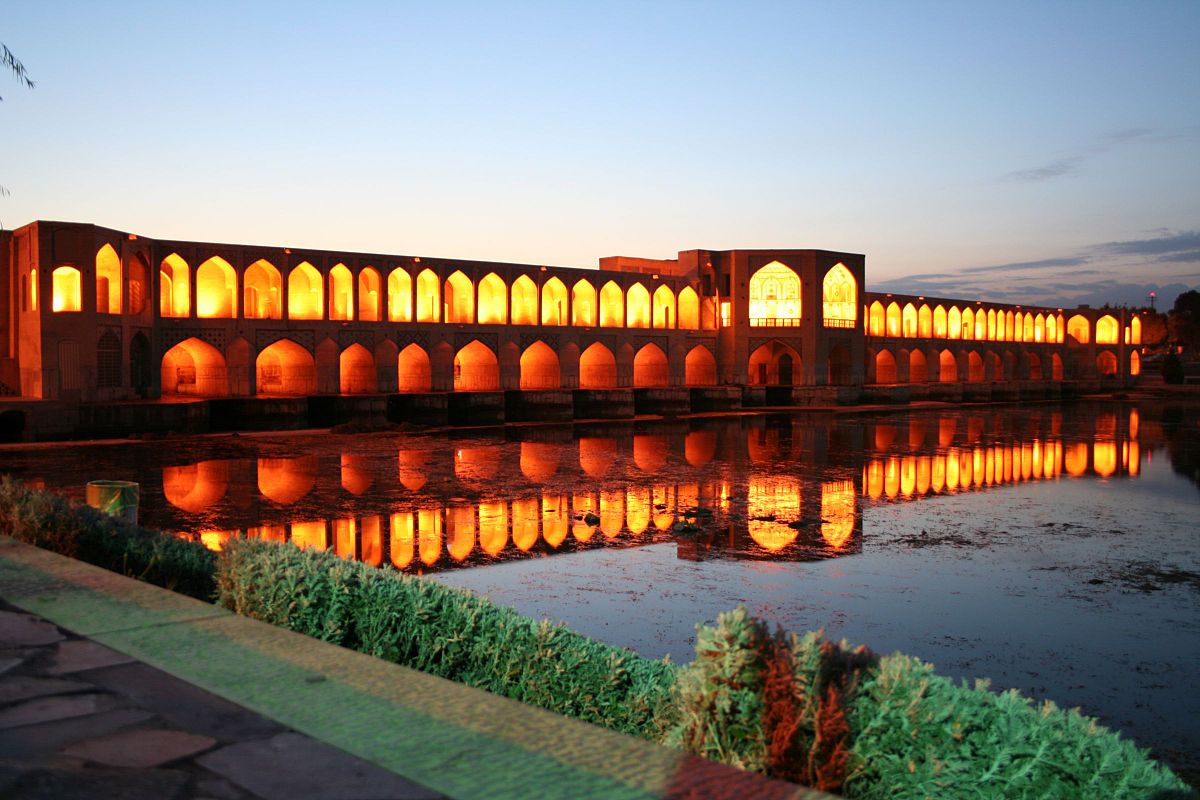
The Khaju Bridge is one of the historical bridges on the Zayanderud. It was built by the seventh Safavid king of Iran.
The bridge has 23 arches and is 33 meters long and 12 meters wide. It was originally decorated with paintings.
There is a pavilion located in the center of the structure.
The Allahverdi Khan Bridge known as Si-O-Se-Pol, it is the largest of the eleven historical bridges on the Zayanderud, the largest river of the Iranian Plateau in Isfahan.
The bridge was built in the early 17th century. It is one of the most famous examples of Iran’s Safavid architecture.
It has a total length of 295 meters and a total width of 14 meters. It is a vaulted arch bridge consisting of two superimposed rows of 33 arches.
There is a larger base plank at the start of the bridge.
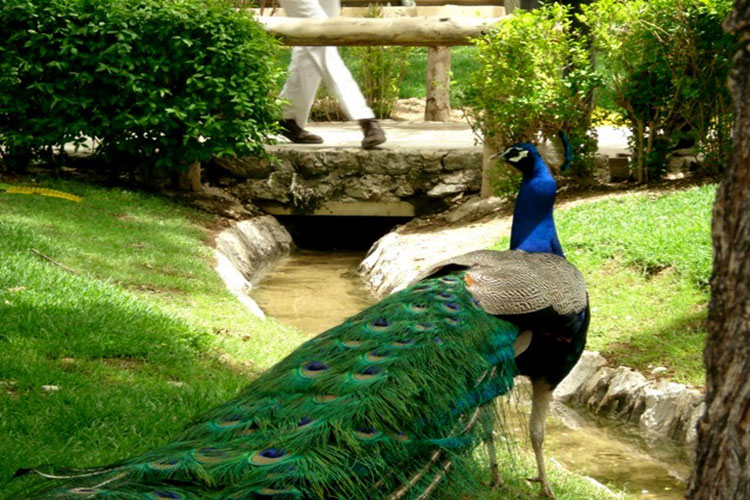
The Birds Garden was founded in 1998 by municipality of Isfahan. The garden has an area of 17000 square meters. It is enclosed and covered by a chain-link fence.
More than 5000 birds from 130 different species are kept in the garden. The birds are native to several parts of Iran and also other countries like Australia, Indonesia, China and Tanzania.
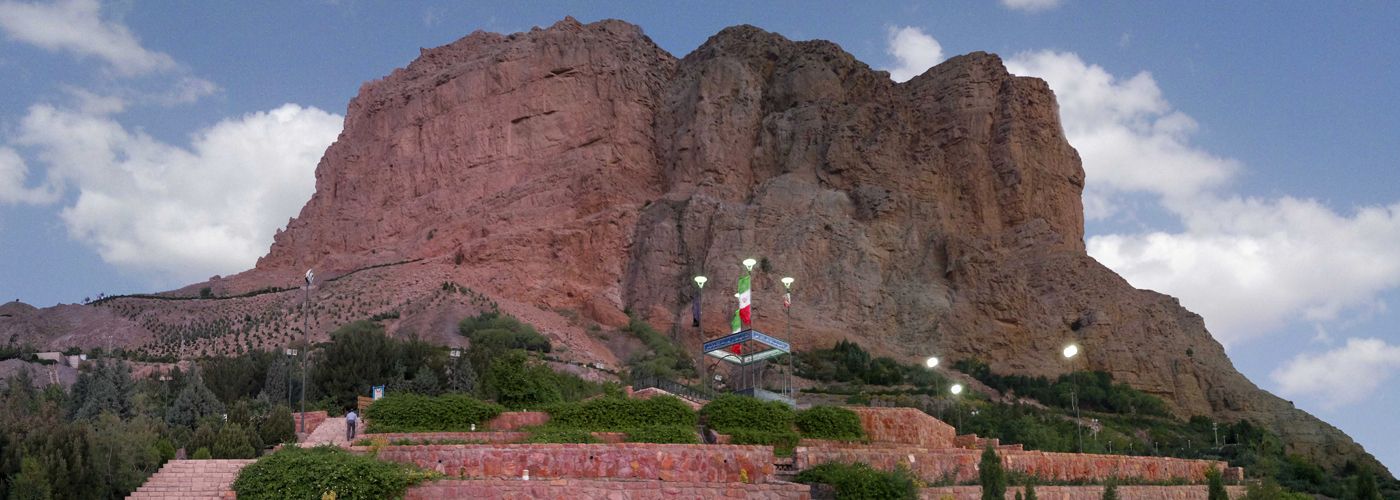
The Mount Soffeh is a mountain that is situated south of Isfahan. It was a few kilometers far from Isfahan, but with the expansion of the city, this mountain is 590 meters high from the ground level.
There are some small water springs in mount Soffeh. On the eastern side of it there are series of hills. Its surrounding hills have been converted to a beautiful park, which covers at least 100 hectares.
A wonderful panoramic view of the metropolitan city of Isfahan, can be seen from the mountain especially at night. It is a convenient place for some people who practice mountain climbing.
New Julfa is located along the south bank of the Zayanderud River, Isfahan. It was established in 1606 as an Armenian quarter by the edict Shah Abbas1 from the Safavid dynasty.
New Julfa is an Armenian-populated area with an Armenian school and churches, including the Holly Savior Cathedral. It had between 10000-12000 Armenian inhabitants in 1998.
As of today, it is still one of the world’s largest ethnic Armenian quarters.
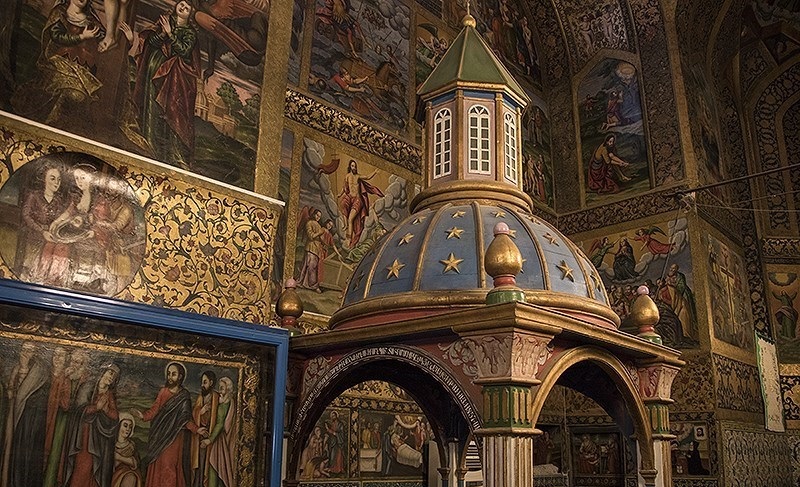
Vank Cathedral also known the church of the Saintly Sisters, is a cathedral located in The New Julfa district of Isfahan.
The interior is covered with fine frescos, gilded cravings and includes a wainscot of rich tile work.
Across the courtyard and facing the cathedral, there is a building housing, a library and museum. Outside of this building are several craved stones showing scenes from the Bible.

The Museum Of Contemporary Arts, its building dates from Safavid era. Many changes were made to the building during the Qajar era.
It has been decorated stucco forms. There are many patterns of flower and vase.The Museum Of Decorative Arts was founded in 1995, Isfahan. More than 3000 artworks from the Safavid and Qajar era are kept in the museum. The building of the museum belongs to the era of Abbas1.
The building was used at the stable. There is a multi-story tower beside the museum. The tower was used at first as watchtower and then as jail. It doesn’t have any kind of decorations.
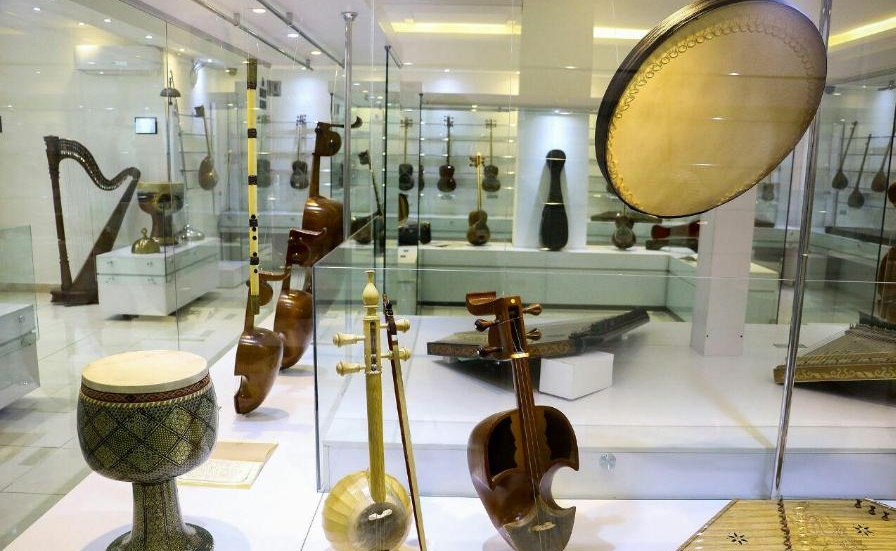
The Music Museum
This beautiful new museum in the Armenian Quarter in Julfa, Isfahan. It founded by local musicians Mehrdad Jayhouni and Shahriyar Shokrani in December 2015.
The building has a fine collection of traditional Persian instruments. It showcases more than 300 instruments from around Iran.
The museum has received two awards, the latest form The International Council of Museums for the best private museum in Iran.
You can choose different route of our isfahan city tours ( Tolouesafaryad Travel Agency ) and reserve this tours online at this website. ( iranisfahantour.com )



